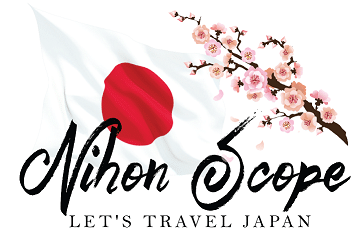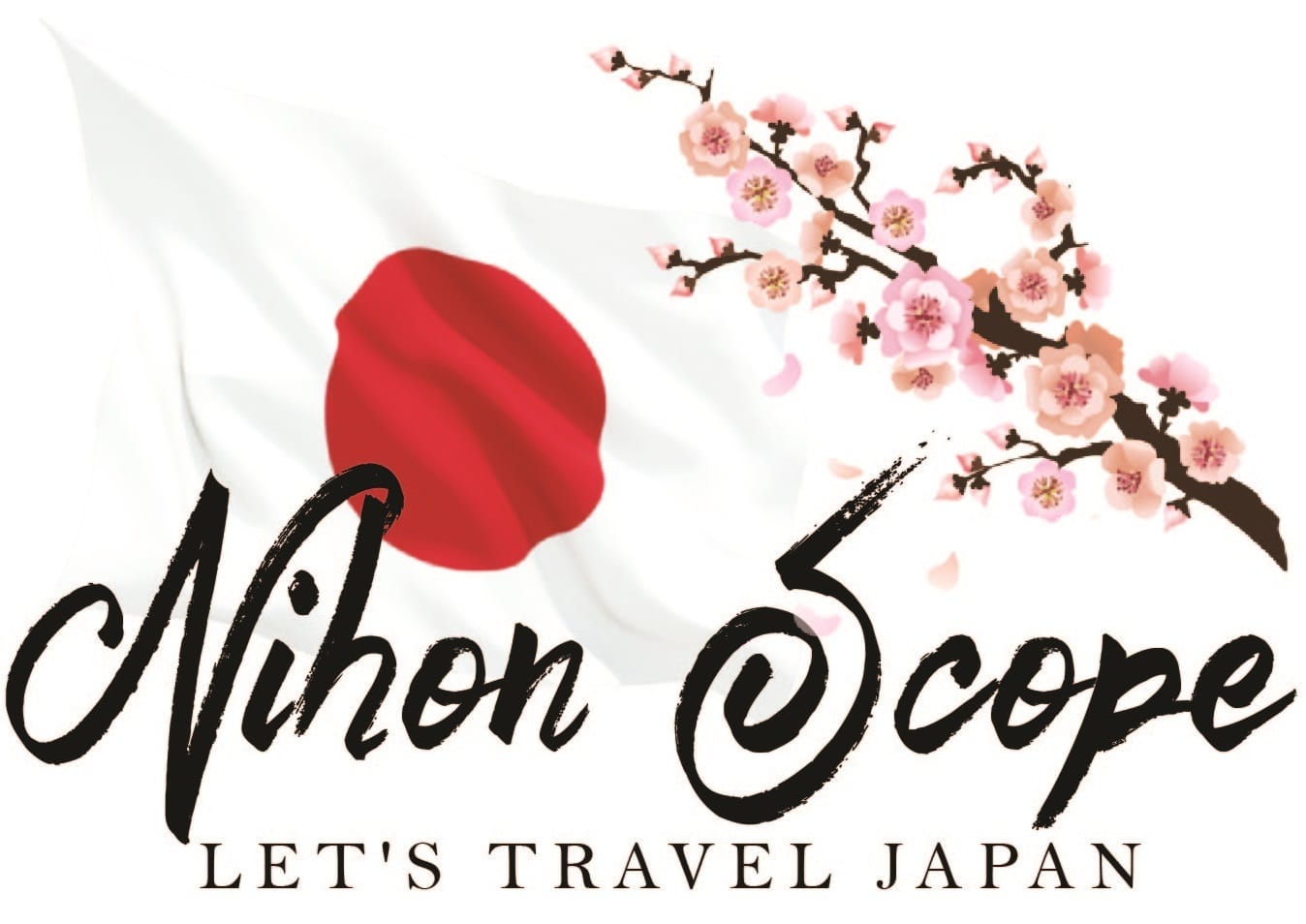When we first came to Japan, we came prepared with our own shampoo and conditioner, and since then we have been getting more through care packages from America, but we are now ready to conquer the confusing aspect of discerning which shampoos to avoid and which are good. We already know which ingredients to avoid, but everything in Japanese looks like a nasty chemical composition, so I finally researched what certain nasty chemicals are written as in Japanese. But before I loose you with a list of chemicals in English and Japanese, I would like to let you know a few general rules to look out for when reading labels in Japanese. Just like in English, there really should not be any numbers listed as ingredients, but I understand that for shampoos which do contain chemicals which are not all bad, it can be hard to tell. Another note is to look for abbreviations such as (DEP) which again you may need to know which abbreviations are particularly bad unless you would rather avoid any and all of them. And my last little tip is to look for the kanji for color (色) because you may want to avoid those if you know and want what is best for yourself.
I looked at the ingredients for KAO (essential, merrito (メリット), asiance), Naive, Kracie Dear Beaut’e Oil – himawari, Reveur, Kunama horse oil, Lebel Cosmetics Natural Hair Soap with Seaweed Shampoo, tsubaki (shiseido), ichikami, LUX (Unilever), and diane, je l’aime which were what I found when I tried to look for natural or pure or organic Japanese shampoos with Google, and all of these brands are not the best choice for a truly natural and pure shampoo. They all had some or many really bad chemicals in them. Another thing that I found interesting is that it seems that in Japan, shampoos are either silicon based or silicon free whereas in America, I would have to say that shampoos advertise as being sulfate or paraben free. I did find a few Japanese shampoos that were sulfate and or paraben free, but they still had other harmful chemicals in them. There was one shampoo called Pure Natural which I would say has decent ingredients, and other than that I also found a shampoo called stella steed – Ahalo Bata which I could barely find any information on and I also could not find a specific list of ingredients to check. I am not sure how easy to find either of these would be either, the Ahalo Bata may be exclusively online, I am not sure though.
Here is the list of chemicals found in shampoos to avoid if you want to make the healthiest choice for your body. The translations may not be 100% accurate since I only used Google Translate, but they seem pretty accurate with a few ingredient lists I have looked at.
Sodium Lauryl Sulfate (ラウリル硫酸ナトリウム)/ Sodium Laureth Sulfate (ナトリウムラウレスサルフェート) (SLS and SLES) / DEA Lauryl Sulfate or Diethanolamine Lauryl Sulfate (ジエタノールアミンラウリルスルフェート)
Ammonium lauryl sulfate (ラウリル硫酸アンモニウム)
Petroleum (石油) AKA Mineral Oil (鉱油)
Paraffin (パラフィン)
Propylene Glycol (プロピレングリコール) / polyethylene glycol (ポリエチレングリコール)
parabens ((Methylparaben (メチルパラベン)/ Ethylparaben (エチルパラベン)/ Butylparaben (ブチルパラベン)
polyoxyethelyne (PEG) (ポリオキシエチレン)/ Isobutylparaben (イソブチルパラベン)/ Propylparaben (プロピルパラベン)
Formaldehyde (ホルムアルデヒド) (which will usually be seen as: quaternium-15 (クオタニウム-15), DMDM hydantoin (DMDMヒダントイン), imidazolidinyl urea (イミダゾリジニル尿素), diazolidinyl urea (ジアゾリジニル尿素), sodium hydroxymethylglycinate (ヒドロキシメチルグリシン酸ナトリウム), 2-bromo-2-nitropropane-1 (2-ブロモ-2-ニトロプロパン-1),3 diol (Bronopol) (3ジオール [ブロノポール]), glyoxal (グリオキサル) and oxaldehyde (オキサルデヒド))
sodium benzoate (安息香酸ナトリウム)
dimethicone (ジメチコン)
diethanolamine (DEA) (ジエタノールアミン)/ Triethanolamine (TEA) (トリエタノールアミン)
panthenol (パンテノール)
Cocamidopropyl Betaine (コカミドプロピルベタイン)
zinc pyrithione (亜鉛ピリチオン)
Hydroquinone (ヒドロキノン)
Phthalates (フタル酸エステル) (Dibutyl phthalate (DBP) (ジブチルフタレート), di(2-ethylhexyl) phthalate (DEHP) (フタル酸ジエチルヘキシル), Diethyl phthalate (DEP) (ジエチルフタレート))
Iodopropynyl Butylcarbamate (ヨードプロピニルブチルカルバメート)
Phenoxyethanol (フェノキシエタノール)
Cocamide DEA or Cocamide Diethanolamine (コカミドジエタノールアミン)
Lauramide DEA or Lauramide Diethanolamine (ラウラミドジエタノールアミン)
Linoleamide DEA or Linoleamide Diethanolamine (リノールアミドジエタノールアミン)
Oleamide DEA or Oleamide Diethanolamine (オレアミドジエタノールアミン)
TEA or Triethanolamine (トリエタノールアミン)
Methylisothiazolinone (メチルイソチアゾリノン)
And the rest are the least worse, but still could be avoided for optimal health
Synthetic Fragrance (合成香料) /Parfum (パルファム) / Perfume/scent (香水)
Synthetic Colors (合成色) (FD&C or D&C 色)
Triclosan (トリクロサン)
Alcohol (アルコール)
citric acid (クエン酸)
Sodium Chloride (塩化ナトリウム)
I’m not sure if these are actually bad chemicals or not:
Cocamidopropyl Betaine (コカミドプロピルベタイン)
Zinc Pyrithione (亜鉛ピリチオン)
lanolin (ラノリン)
– found in eyeliner
Mercury (水銀) (Thimerosal (チメロサール) and Merthiolate(メルチオレート))



0 comments